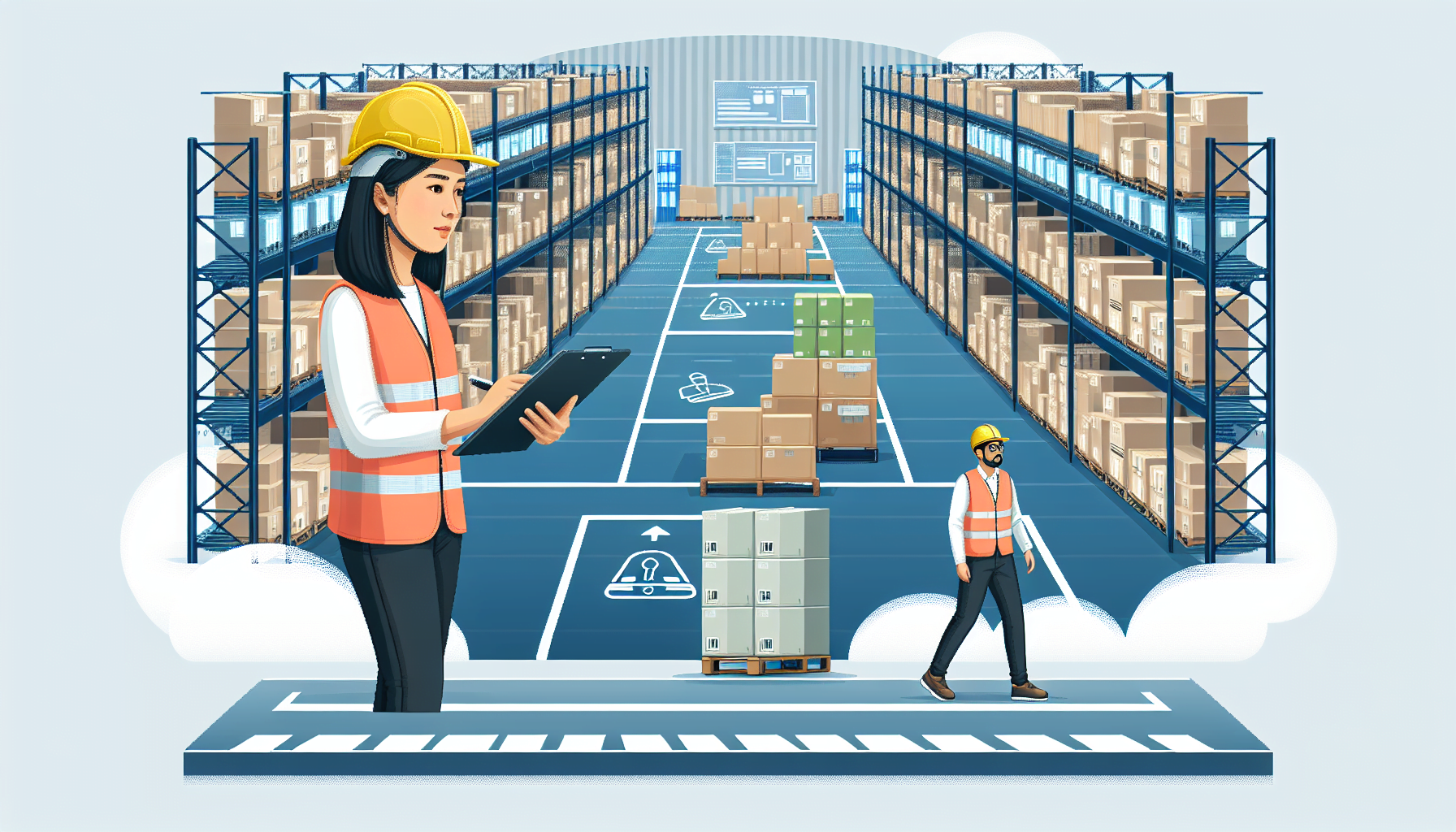In today’s fast-paced and rapidly evolving warehouse industry, maintaining a safe working environment is of utmost importance. Warehouse operations involve a variety of activities, including the movement of goods, the operation of heavy machinery, and the presence of pedestrian workers. With these factors in mind, it is crucial for warehouse owners and managers to prioritize pedestrian safety.
The Need for a Warehouse Pedestrian Safety Gap Analysis
A warehouse pedestrian safety gap analysis is a systematic process that helps identify potential risks and hazards within the facility. It involves assessing current safety measures, identifying gaps or areas of improvement, and implementing strategies to bridge those gaps. By conducting a thorough analysis, warehouse owners can proactively address safety concerns and ensure the well-being of their employees.
So, why is a warehouse pedestrian safety gap analysis necessary? Let’s explore some key reasons:
- Compliance with Regulations: Warehouse operations are subject to various safety regulations and standards, such as OSHA guidelines. Conducting a safety gap analysis helps ensure that the facility is in compliance with these regulations, reducing the risk of fines or penalties.
- Enhanced Safety: By identifying potential hazards and implementing appropriate safety measures, a safety gap analysis helps create a safer working environment for pedestrians. This minimizes the chances of accidents, injuries, or even fatalities.
- Improved Productivity: When employees feel safe and secure in their work environment, their productivity increases. By conducting a safety analysis, warehouse owners can address safety concerns and provide their workers with peace of mind to focus on their tasks more efficiently.
- Cost Savings: Preventing accidents and injuries through proactive safety measures can result in significant cost savings. By minimizing workplace incidents, warehouse owners can avoid medical expenses, workers’ compensation claims, and potential lawsuits.
Conducting a Warehouse Pedestrian Safety Gap Analysis
Now that we understand the importance of a safety gap analysis, let’s take a closer look at the steps involved in conducting one:
- Review Current Safety Policies: Start by evaluating the existing safety policies and procedures in your warehouse. Review documentation, such as safety manuals and incident reports, to gain insights into potential areas for improvement.
- Identify Potential Hazards: Walk through your warehouse and identify potential hazards that could endanger pedestrian safety. This includes assessing forklift traffic, improperly stacked inventory, inadequate lighting, and uneven flooring.
- Analyze Incident History: Examine past incidents or near misses to identify patterns or recurring issues. This information can help prioritize areas that need immediate attention.
- Engage Employees: Involve your employees in the safety gap analysis process. Conduct interviews or surveys to gather their insights and observations. They are at the frontline and can provide valuable input on potential hazards or areas for improvement.
- Develop Actionable Recommendations: Based on the findings of your analysis, develop actionable recommendations to address identified gaps. This may involve implementing new safety protocols, providing additional training, or investing in safety equipment.
- Implement and Monitor: Once you have developed your recommendations, it’s time to implement them into practice. Monitor the progress and effectiveness of the implemented measures and make adjustments if necessary.
Implementing a forklift pedestrian detection system can also significantly enhance pedestrian safety within your warehouse. These systems use advanced technologies such as sensors and alarms to alert forklift operators and pedestrians of their proximity to each other, reducing the risk of accidents.
Conclusion
A comprehensive warehouse pedestrian safety gap analysis is essential for maintaining a safe and secure working environment. By conducting this analysis, warehouse owners and managers can identify potential risks, implement appropriate safety measures, and ensure compliance with industry regulations. Prioritizing pedestrian safety not only protects employees from harm but also enhances productivity and reduces costs associated with workplace incidents. So, invest the time and effort in conducting a thorough safety gap analysis – it’s a small price to pay for the well-being of your employees and the success of your warehouse operations.

